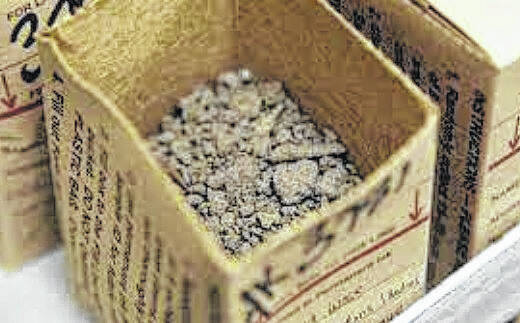
Soil testing provides critical information essential for good crop production.
Photo courtesy of Anthony Growe
Over the last year, we all have experienced price increases in products we use in our daily lives. In the agricultural sector, many inputs such as diesel has ballooned and have yet to significantly decrease. Last year, some formulations of fertilizer doubled in price compared to the year prior. The price per ton of granular nitrogen (30-0-0) was averaging $800 while potash (0-0-60) climbed to almost $900 per ton. Due to high prices and shortages many producers cut back on their fertilizer inputs to curb the costs. With the outlook hopeful that 2023 will bring lower fertilizer prices, producers need to start getting their fertility plan together. Let’s look at the importance of soil sampling, major plant nutrients and why we need to ensure proper fertility for our crops.
Take Soil Samples of Your Fields — Getting soil tested is a pretty simple task. After samples are collected from the fields, and they can be brought to our office, from here we send them to get tested by the NC Department of Agriculture. From April to November there is no fee for this service. Currently, the NCDA agronomic lab is still in its peak season for sample submissions so there is a $5 fee per sample and turn-around times can take several weeks. There are also private labs that can offer the same service for a slightly higher fee but with quicker results. Soil testing tells us what nutrients, such as phosphorus and potassium, are available for the specific plants or crops we want to grow. Soil testing also quantifies our soil’s pH and provides us with a baseline of the amount of nutrients we need to add to grow a successful crop.
Wet Season — It seems as if we have a wet season and dry season in North Carolina. In the summer we may go weeks without significant rain events while in the winter rain events are frequent and dump two inches of rain in a period of just a few hours. Our soils have low nutrient and water holding capacity so after a two-inch rain leaches deep into the soil profile, our nutrients go with it. This is another reason why we need to take soil samples of our fields at least every two years.
Macronutrients — Ever wonder what N-P-K on a fertilizer bag means? Although there are at least 17 essential plant nutrients, nitrogen, phosphorus and potassium are three plant macronutrients that are used in the largest amounts.
· Nitrogen (N)- Nitrogen is a macronutrient and makes up part of the chlorophyll present in plants. Chlorophyll is what gives plants their green color. When light or energy is absorbed by the chlorophyll and used to make sugars for the plant. This process is called photosynthesis.
· Phosphorus (P) – Another major nutrient for plant growth is phosphorus. This nutrient is important in plant cell division and development of new tissues as plants grow.
Phosphorus strengthens stems and stalks and promotes flower formation and seed production.
· Potassium (K)- Potassium helps regulate the opening and closing of leaf stomata, which are very small “pores” on plant leaves. Stomata regulate the exchange of water vapor, oxygen and carbon dioxide and also regulate the plant’s temperature during heat stress. When potassium is deficient or not supplied in adequate amounts, it stunts plant growth and reduces yield.
The Importance of lime — Although lime has been in short supply recently, and prices have somewhat increased this year, it is still important that we apply the recommended amount of lime to bring the soil pH up to the desired range which is typically 6.0-6.5. In our area, our soils are naturally acidic. I have seen soil reports with a pH of 4.5. This is a great pH for pine trees but not for a garden or most of our other crops! Additionally, research has shown time and time again that greater amounts of plant nutrients are available when the soil pH is in the ideal range compared to soils with a lower pH. For example, phosphorus uptake is dependent on the condition of a plant’s root system. This means that when soils are at the proper pH range, and plant roots are healthy, applied fertilizer is used more efficiently.
Although fertilizer prices haven’t fallen as much as we hoped, producers still need to create a sound fertility plan this season. Remember: Farming in the Sandhills is never simple, that’s why we need to test our soils regularly, plan to apply some lime and spoon feed our nutrients.
If you have any questions about fertilizers or soil sampling, please contact the Richmond County Extension office. Visit our website at Richmond.ces.ncsu.edu and follow us on Facebook.
